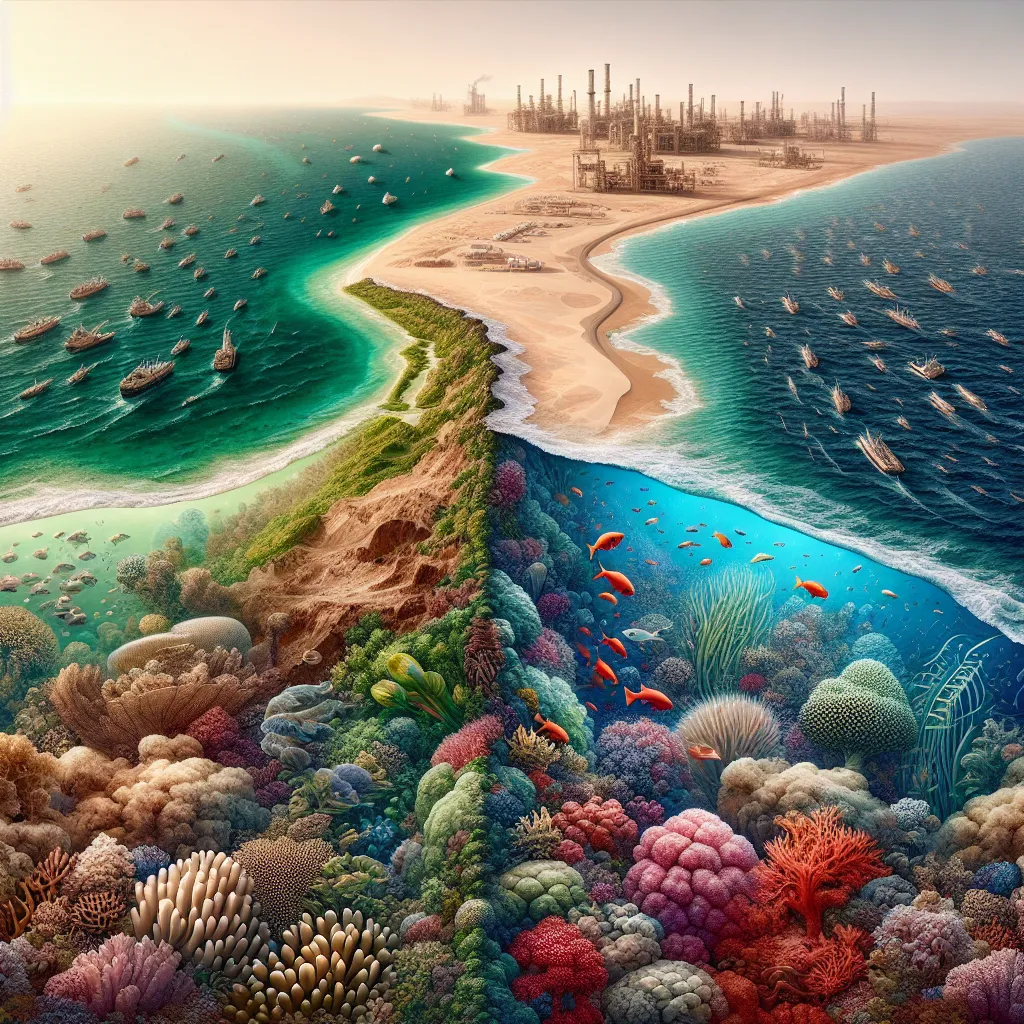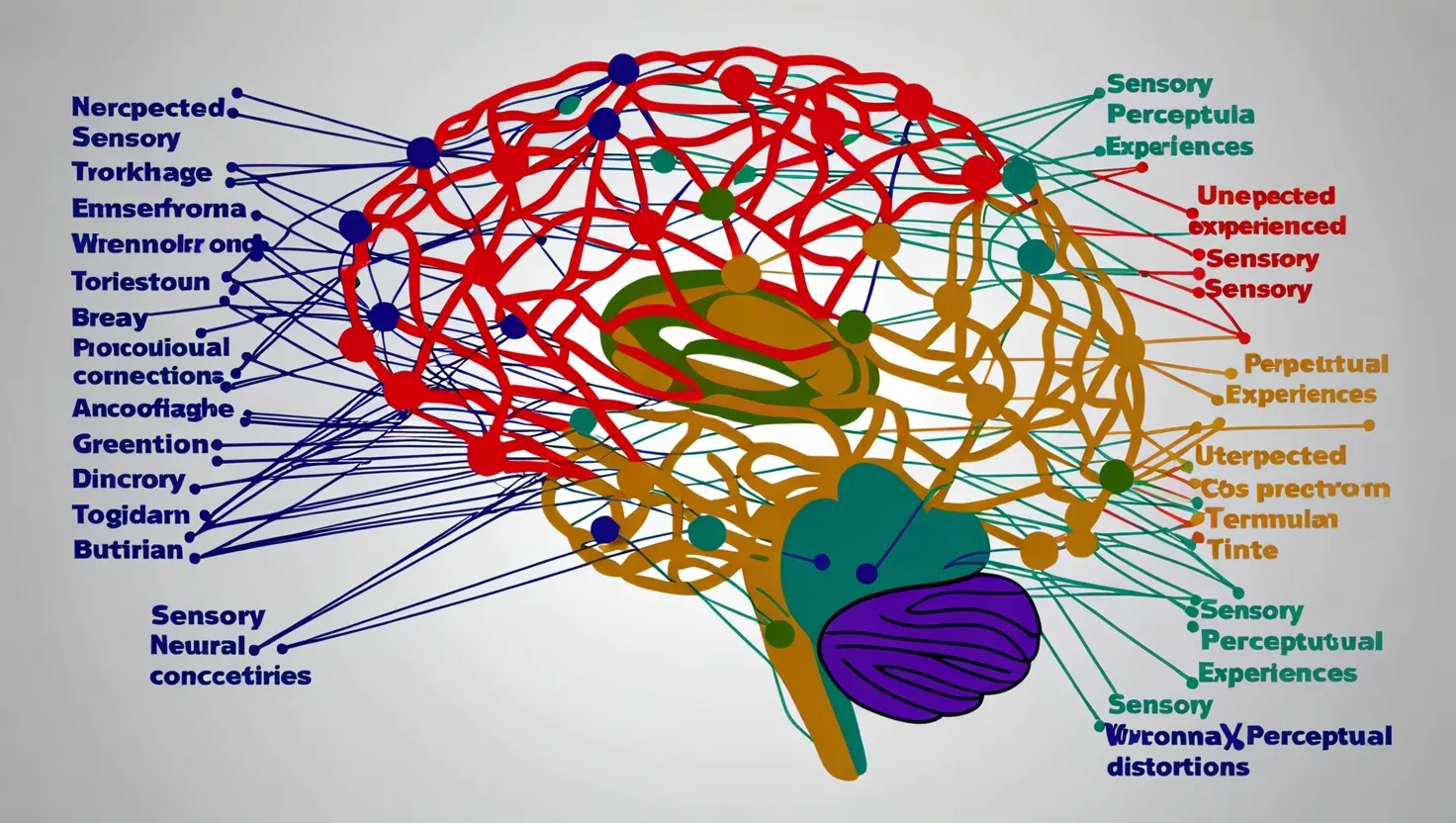If you’ve ever bounced on a cornstarch puddle, seen a frozen magnet levitate, or wondered why a featherweight solid can quietly hold up a brick, you’re probably more of a materials explorer than you think. The world of so-called “impossible” materials isn’t about magic, but about pushing our understanding of what stuff around us can do—sometimes bending the rules written in our physics textbooks. Today, I want to walk you through five of these materials. If you’re expecting a neat set of answers for how and why they work, prepare to be surprised: the questions often pile up just as quickly as the explanations.
Let’s start with something you can whip up in your kitchen: non-Newtonian fluids. I’ve always found them to be a kind of home experiment that gets at big scientific mysteries. Consider oobleck, the simple mix of cornstarch and water. Run your fingers through it gently and it flows like any liquid. Punch it suddenly, and it turns solid under your fist. For a long time, we simply described this as “shear thickening,” but the actual mechanics are far from settled. How do the disorganized, random-looking starch molecules team up so quickly under stress? Part of the answer hides in how microscopic particles cram and push against one another, suddenly seizing in place. Some models suggest that friction between tiny clumps is key, not just the liquid around them. Wouldn’t you expect the shift from liquid to solid to take more time? Instead, this unpredictable dance happens in milliseconds. It’s a perfect reminder that even everyday substances often have behaviors that surprise the world’s smartest physicists.
“Not only is the universe stranger than we think, it is stranger than we can think.” These words from quantum physicist Werner Heisenberg resonate especially when we look at high-temperature superconductors. For decades, science textbooks recited that superconductivity—the complete loss of electrical resistance—only happens near absolute zero, so cold that it’s barely above the theoretical point at which all atomic movement stops. But then, researchers stumbled onto certain ceramic compounds that, with nothing more than liquid nitrogen, carry current with no loss at all. That temperature is “warm” compared to earlier superconducting materials and upends what we thought we understood about how electrons interact inside materials. I’m fascinated because, despite hundreds of thousands of research hours, a comprehensive theory remains out of reach. Some, in fact, call it one of the biggest open questions in condensed matter physics. If “normal” metals beat resistance because their electrons pair up in a certain way, why do the electrons in these copper-oxide lattices behave so differently? Could this be a hint that electrons, under specific conditions, form still-unknown states of matter? The prospect remains tantalizing because a full understanding might finally bring us “room temperature” superconductors—a discovery that could revolutionize everything from power grids to quantum computers.
Sometimes impossibility isn’t about complexity, but about paradoxes you can hold in your hand. Aerogels fit this description. They look fragile—almost like smoke caught in solid form—yet can hold up weight far beyond what their structure suggests. The basic idea: a web of silica, carbon, or another substance is stretched so thin that the solid part makes up as little as one percent of the volume. The rest is nothing but air. How can something nearly invisible be as strong as it is? I find it remarkable that, although the recipe for making aerogels has been around since the 1930s, the exact reasons why their characteristic nano-web doesn’t collapse or crumble still puzzle scientists. The web follows a fractal blueprint—a kind of repeating geometry—giving both amazing strength and lightweight construction. Imagine building bridges out of something that looks like frozen smoke. Plus, their properties defy intuition: some aerogels insulate better than polar bear fur, while others act almost like see-through steel.
Have you ever bent a wire and wished it would just spring back to its original shape at the flick of a switch? That’s the world of shape memory alloys. Cool them, twist them, stretch them—they’ll keep their deformed shape until heated, then snap back as though nothing ever happened. I’ve worked with Nitinol, one of the best-known examples. Even scientists who have spent their lives studying these alloys will admit there is magic in seeing a crumpled piece reshape perfectly when you dip it in hot water. The broad explanation is that these materials exist in two distinct phases determined by temperature—a low-temperature phase where they can be shaped, and a high-temperature phase where they “remember.” However, the details are labyrinthine. Atoms in the alloy shift masses in an orchestrated ripple, but predicting exactly how, or precisely controlling the process for custom applications, still stretches the limits of current theory. The practical uses are just beginning: think of self-adjusting medical stents, or next-generation actuators for robotics. But the more I learn, the more it becomes clear that we’re only scratching the surface of what these materials can do.
“The important thing is not to stop questioning. Curiosity has its own reason for existence.” That advice from Albert Einstein could have been written for the scientists exploring graphene. This single layer of carbon atoms, arranged in a neat honeycomb, is so thin it’s measured in atoms, yet boasts a strength greater than steel and conducts electricity faster than almost anything else. What makes graphene so remarkable is not just its physical properties; it’s how its very thinness gives rise to phenomena that don’t appear in ordinary 3D substances. Electrons in graphene behave almost like massless particles, zipping about and sometimes ignoring usual rules of resistance. It’s one of the few materials where quantum mechanical effects can be observed at room temperature, right before our eyes. I often give people this thought experiment: what if you dropped a sheet of graphene? It’s nearly invisible, weightless to our sense of touch, but you could use it to make a bulletproof vest. The more time scientists spend with graphene, the more surprises emerge—some say we haven’t even cataloged half of its potential applications.
So much for the classic view of materials as just “stuff.” Over and over, the so-called impossible materials refute the idea that science has everything figured out when it comes to the world beneath our fingertips. Sometimes I wonder: are there other materials waiting in the wings, decades ahead of recognition? In laboratories worldwide, combinations of elements are being pressed, shocked, and stretched beyond their limits, nudging at new families of matter that never occur in nature.
If you think about it, what does “impossible” even mean? Is it a limitation of the current theory, or simply a problem of time and tools? History offers some clues. Artificial diamonds were “impossible”—until we learned how to mimic the heat and pressures of the Earth’s mantle. A century ago, metals that “remembered” shapes were science fiction. The so-called “impossibility” of materials seems less about nature’s rules and more about what we dare to try.
What are the broader implications? As we improve our ability to create, analyze, and engineer such substances, it’s possible our understanding of physics itself will need tweaking. Could a future material rip open today’s theories the way superconductors challenged the beliefs of the last century? Are we ready to confront the questions raised with every impossible discovery?
“Everything is theoretically impossible, until it is done.” That’s what Robert A. Heinlein said, and it makes me eager to see what new impossibilities tomorrow will overturn.
Maybe the next time you see someone mixing cornstarch and water, or watch a demonstration where a chunk of aerogel balances a brick, you’ll remember: there’s a universe of strangeness hiding in plain sight. I like to think we’re all explorers, coaxing possibilities from the so-called impossible, and asking: what next?






